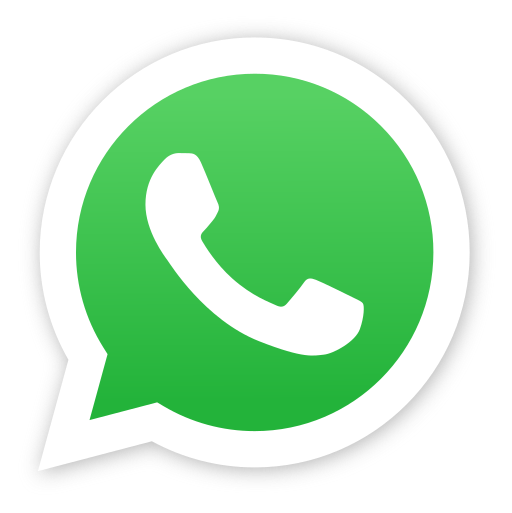UAE Exchange Metro Station is one of the most well-known stations on the Dubai Metro Red Line. Located at the far end of the Red Line, this station serves as the final stop for trains heading south from the city. It’s more than just a transportation hub — it’s a symbol of how far Dubai has come in terms of public infrastructure and development.
The station gets its name from the financial services company “UAE Exchange”, but it is also closely connected to nearby residential and industrial areas. It plays a big role in helping workers, residents, and tourists get to and from parts of Jebel Ali and beyond.
A Key Metro Station for Daily Commuters
For many people, especially those working in industrial areas or living in the southern parts of Dubai, UAE Exchange Metro Station is a daily lifeline. Trains arrive frequently during peak hours, and thousands of commuters rely on this station every day to get to their offices, shops, or homes.

The station helps reduce traffic congestion on Sheikh Zayed Road by offering a reliable and affordable alternative to cars and taxis. With Dubai’s growing population, metro stations like this one are essential for keeping the city moving.
UAE Exchange Metro Station is also very well-connected. From here, people can take feeder buses or walk to nearby areas. There are also taxis available outside the station for those who need to go further into neighborhoods that aren’t directly served by the metro.

The End of the Line, But Not the End of the Journey

While UAE Exchange is technically the last stop on the Red Line, it is far from being isolated. In fact, it connects to key areas such as Jebel Ali Free Zone, labor accommodations, and even some industrial facilities. This makes it an important point for people working in logistics, shipping, and factories.
What’s interesting is that even though it’s the final stop, the station is still very busy. Many blue-collar workers and residents living in affordable housing areas nearby depend on this station every day. It’s one of the few metro stations in Dubai where you’ll see a mix of workers, travelers, and regular commuters all in one place.
The station has basic but important facilities, including ticket vending machines, Nol card recharge machines, clean seating areas, and helpful staff. The design is simple but functional, just like most Dubai Metro stations.
Nearby Attractions and Locations
While the area around UAE Exchange Metro Station is more industrial than touristy, it still has several places of interest. For example, the Jebel Ali Free Zone (JAFZA) is close by. This zone is one of the largest business hubs in the region, and many employees travel through this station every day.
There are also several staff accommodations and residential buildings nearby. The station helps these communities stay connected with the rest of Dubai, especially since taxis and buses in the area are not as frequent as in the city center.
Even though it’s not surrounded by shopping malls or beaches like other stations on the Red Line, UAE Exchange Metro Station plays a unique role. It supports the city’s workforce and contributes to Dubai’s economic engine in a quiet, powerful way.
A Name That May Change?
There have been some talks in recent years about renaming metro stations across the city. Since UAE Exchange, the company, has gone through a few changes, some wonder if the station might get a new name in the future. However, as of now, it still holds the original name, and most people in Dubai continue to recognize it that way.

In fact, many residents still refer to metro stations by their older names, even after official changes. So, whether the name stays or changes, UAE Exchange Metro Station has already made its mark on Dubai’s metro network.
Accessibility and Future Plans
Dubai’s Roads and Transport Authority (RTA) continues to focus on improving transportation for everyone, including people living and working in outer parts of the city. There are discussions about extending metro lines or introducing new public transport options in the future, which could include better bus services around UAE Exchange Metro Station.
There is also a long-term goal of making all metro stations more user-friendly for people with disabilities, and UAE Exchange is already equipped with elevators and ramps. While the station might not be fancy, it does what it needs to do: get people to their destination quickly and safely.
A Quiet Corner with a Big Role
UAE Exchange Metro Station may not have the glamour of Burj Khalifa Station or the crowd of Union Station, but it quietly serves a big purpose. It shows how Dubai doesn’t just build for tourists or central business areas but also makes sure that every part of the city is connected.
For thousands of people, this station is part of their daily routine. It helps people earn a living, get back home to their families, and stay connected to the rest of Dubai. It’s a reminder that even the last stop on the line can be the start of something important.
Also read: Why Everyone in Dubai Uses This Telephone Code Every Day














